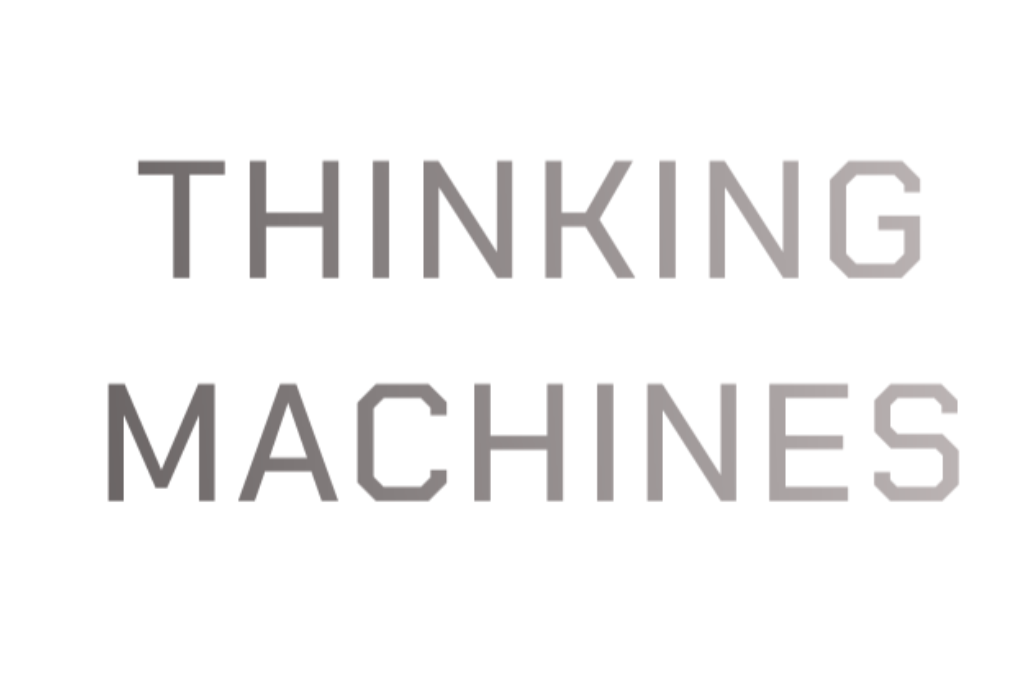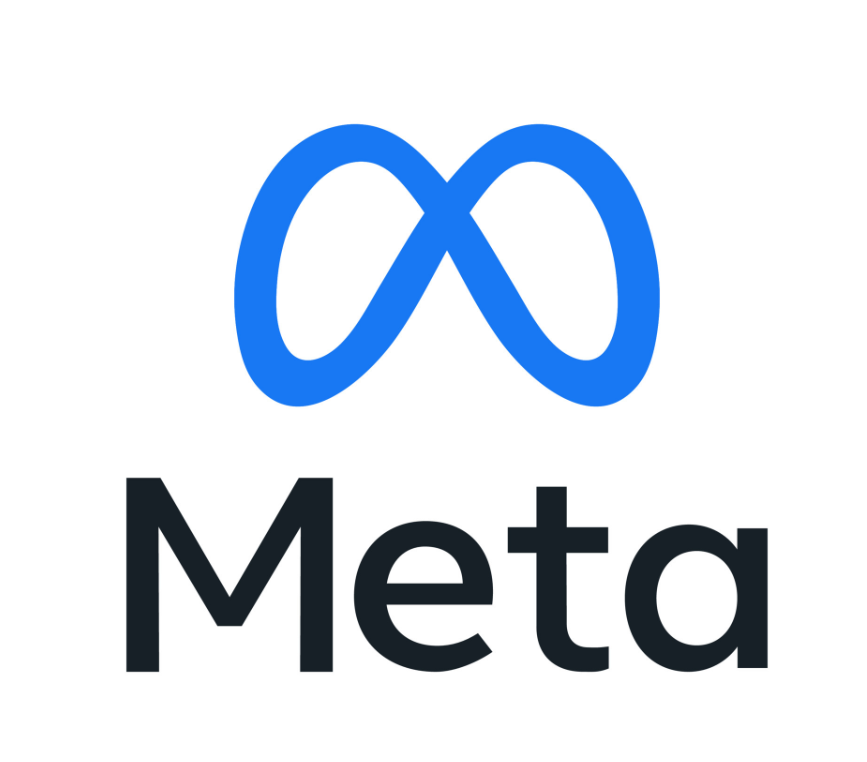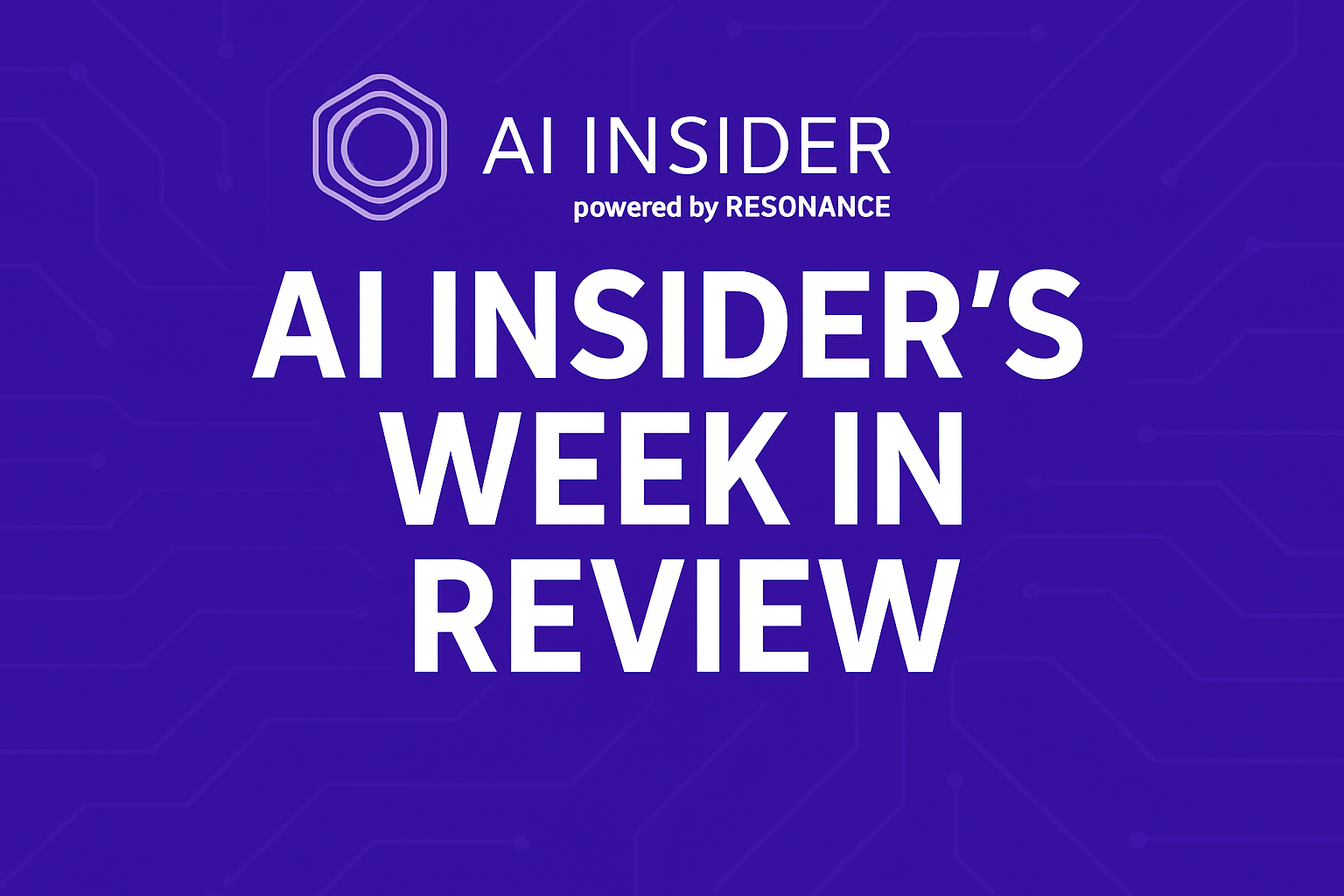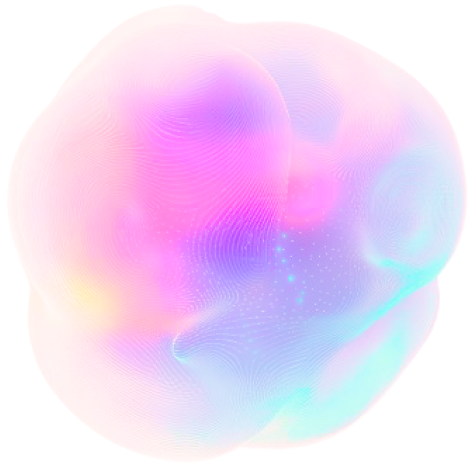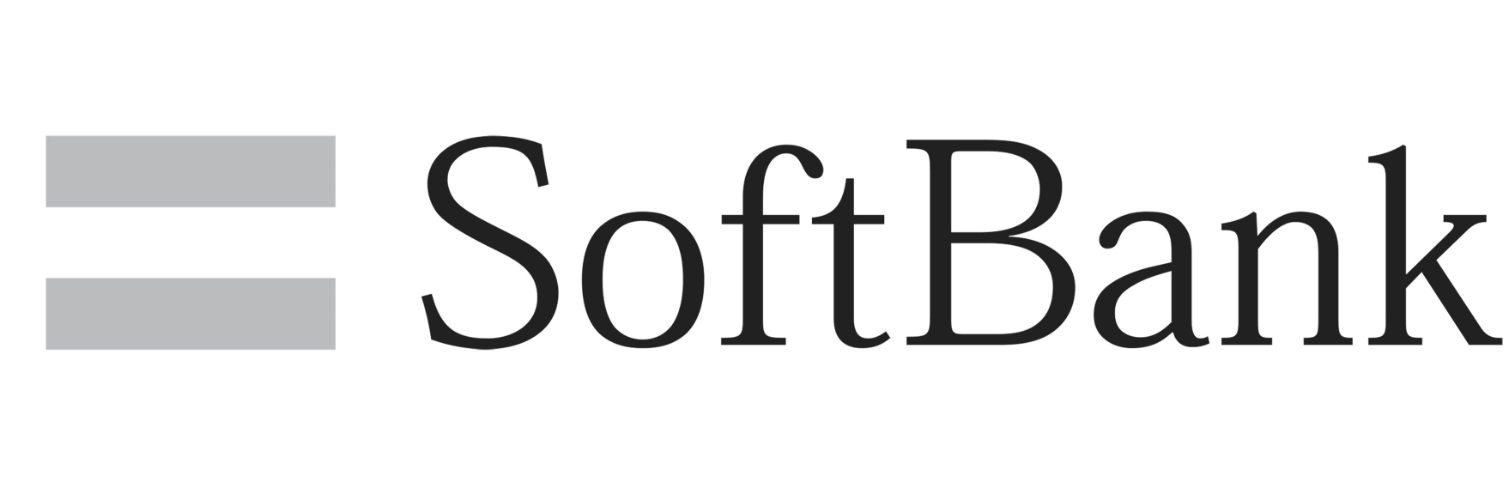Insider Brief
- Kolmogorov-Arnold Networks, or KANs, are earning more attention — maybe even hype — from artificial intelligence experts and entrepreneurs.
- These networks are a type of neural network inspired by a theoretical result from the 1950s known as the Kolmogorov-Arnold representation theorem.
- KANS could potentially reduce the number of parameters and computational requirements compared to traditional neural networks, while still maintaining or even improving performance.
Kolmogorov-Arnold Networks (KAN) are earning more attention — maybe even hype — from artificial intelligence experts and entrepreneurs, which suggest this technology is a fascinating and promising development in the field.
Some experts are predicting this could be a game-changing approach in a technology that seems to have already reached unimaginable levels of performance and capabilities. Named after the mathematicians Andrey Kolmogorov and Vladimir Arnold, these experts say KANs may offer a unique and potentially transformative approach to machine learning.
“In fact, KANs could change how we create AI entirely, as they aim to switch the very foundation on which we have created the AI industry,” writes Ignacio de Gregorio, in a Medium post.
But what exactly are Kolmogorov-Arnold Networks, how do they work, and what potential do they hold for the future of AI? Let’s dive deep into this topic.
What are Kolmogorov-Arnold Networks?
Kolmogorov-Arnold Networks are a type of neural network inspired by a theoretical result from the 1950s known as the Kolmogorov-Arnold representation theorem. This theorem states that any continuous multivariate function can be represented as a finite composition of continuous univariate functions. A multivariate function requires multiple input variables that change smoothly without abrupt jumps. An example — although not perfect — might be the prediction of house prices based on square footage and number of bedrooms.
Essentially, this means that complex, high-dimensional functions can be broken down into simpler, one-dimensional functions and recombined to recreate the original complexity.
While it might not seem so at first glance, this powerful concept has profound implications for neural networks, which are fundamentally designed to approximate functions. KANs leverage the Kolmogorov-Arnold theorem to construct networks that are potentially more efficient and capable of handling high-dimensional data with greater accuracy and less computational complexity.
How Kolmogorov-Arnold Networks Work
Traditional neural networks, such as Convolutional Neural Networks (CNNs) and Recurrent Neural Networks (RNNs), rely on layers of interconnected nodes (neurons) to process and learn from data. These networks often require vast amounts of data and computational power to achieve high performance.
KANs, on the other hand, take a different approach. They rely on the principles of the Kolmogorov-Arnold theorem to decompose complex functions into simpler, one-dimensional components. Here’s a simplified three-step breakdown of how KANs work:
- Decomposition: The complex target function is decomposed into a series of one-dimensional functions. This step leverages the theorem’s guarantee that such a decomposition is always possible for continuous functions.
- Representation: Each one-dimensional function is represented by a simpler neural network or mathematical function.
- Composition: The outputs of these simpler functions are recombined to approximate the original high-dimensional function.
This approach allows KANs to potentially reduce the number of parameters and computational requirements compared to traditional neural networks, while still maintaining or even improving performance.
Positives and Negatives of Kolmogorov-Arnold Networks
Positives
- Efficiency: By decomposing complex functions into simpler components, KANs can reduce the number of parameters needed, leading to faster training times and lower computational costs.
- Scalability: KANs are particularly well-suited for handling high-dimensional data, which is a significant advantage in fields such as image and speech recognition, where data dimensionality can be enormous.
- Accuracy: The ability to decompose and precisely recombine functions allows for potentially higher accuracy in function approximation, making KANs valuable for tasks requiring precise predictions.
- Interpretability: The modular nature of KANs can lead to more interpretable models, as the individual one-dimensional components can be analyzed separately to understand their contributions to the overall function.
Negatives
- Complexity in Design: Designing and implementing KANs can be more complex than traditional neural networks. The process of decomposing functions and ensuring proper recomposition requires sophisticated mathematical and computational techniques.
- Limited Adoption: As a relatively new concept, KANs have not yet been widely adopted or extensively tested in real-world applications. This means there is still much to learn about their practical performance and limitations.
- Specialized Knowledge: Utilizing KANs effectively requires a deep understanding of the underlying mathematical principles, which can be a barrier for widespread adoption among practitioners who may not have this expertise.
Current and Future Applications
Despite their nascent stage, Kolmogorov-Arnold Networks are already showing promise in several areas, and their potential applications are vast and varied.
Here are a few ways KANs are being used right now — and a look into areas where researchers say KANs may have an impact.
Current Applications
- Image Processing: KANs are being explored for image recognition and classification tasks, where their ability to handle high-dimensional data efficiently is a significant advantage.
- Speech Recognition: The decomposition capabilities of KANs make them suitable for processing complex audio signals, potentially improving the accuracy and efficiency of speech recognition systems.
- Financial Modeling: In finance, where accurate predictions and modeling of complex systems are crucial, KANs can provide more efficient and precise tools for risk assessment and decision-making.
Future Applications
- Healthcare: KANs could revolutionize medical diagnostics by providing more accurate analysis of medical images, such as MRIs and CT scans, leading to better detection and treatment of diseases.
- Autonomous Systems: The efficiency and accuracy of KANs make them ideal for autonomous systems, including self-driving cars and drones, where real-time data processing and decision-making are critical.
- Natural Language Processing (NLP): KANs could enhance NLP applications by providing more accurate models for understanding and generating human language, improving everything from chatbots to translation services.
- Scientific Research: In fields such as physics and biology, where modeling complex systems is essential, KANs could offer powerful new tools for simulation and analysis, leading to breakthroughs in understanding and innovation.
Scientists and developers say that KANs are still in the early stages of development and adoption, so take those future uses with some degree of skepticism. However, the potential applications of KANs are vast and varied. These researchers and practitioners will continue to explore and refine this technology, so KANs have a potential to play an increasingly important role in the advancement of AI.

